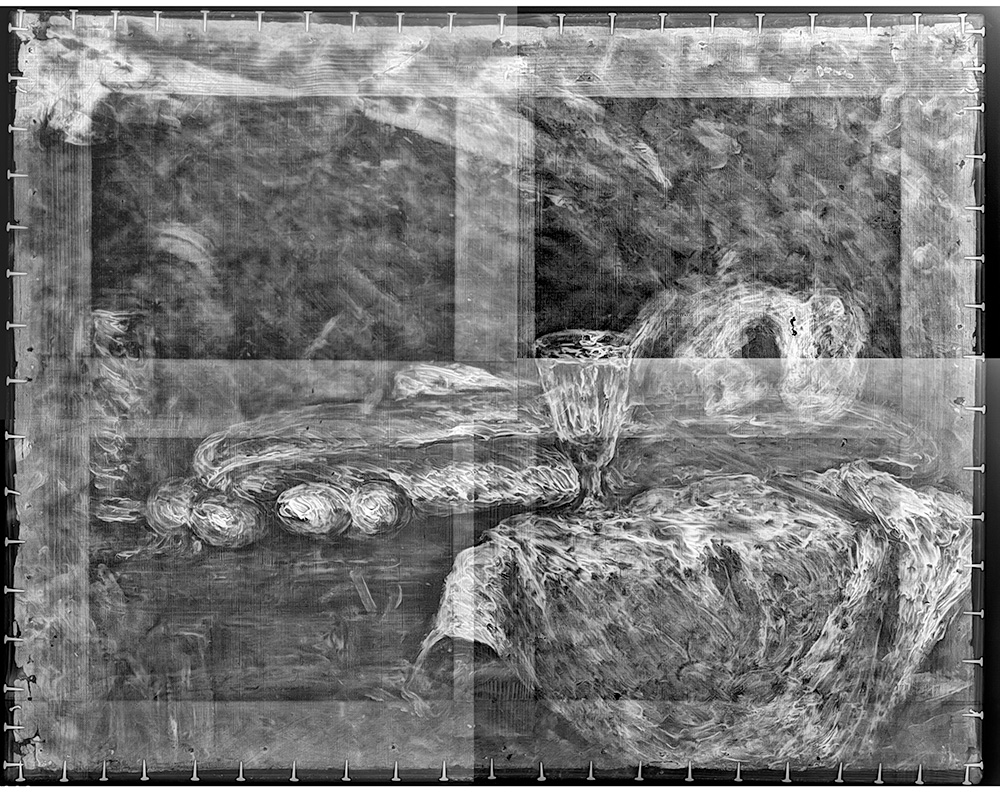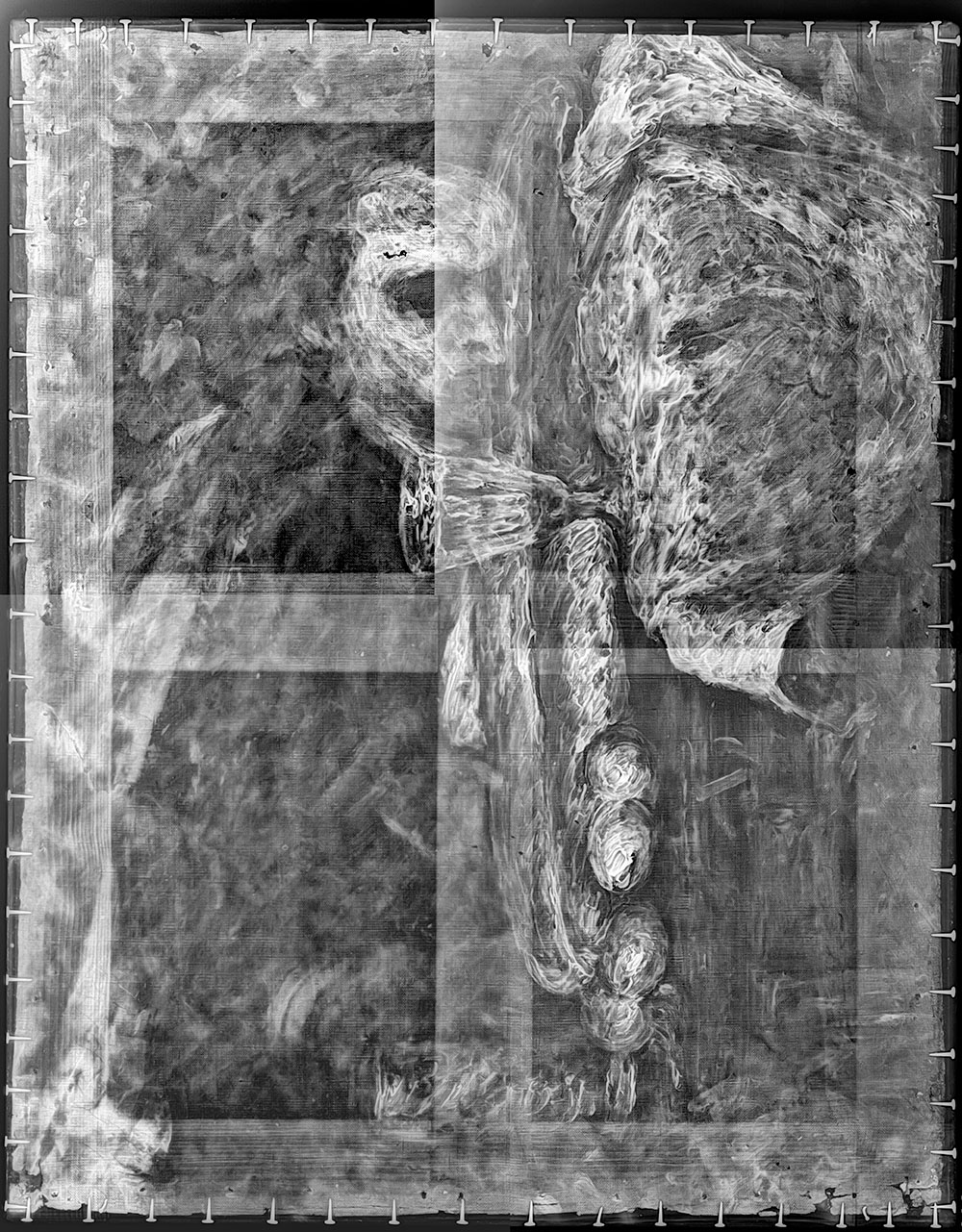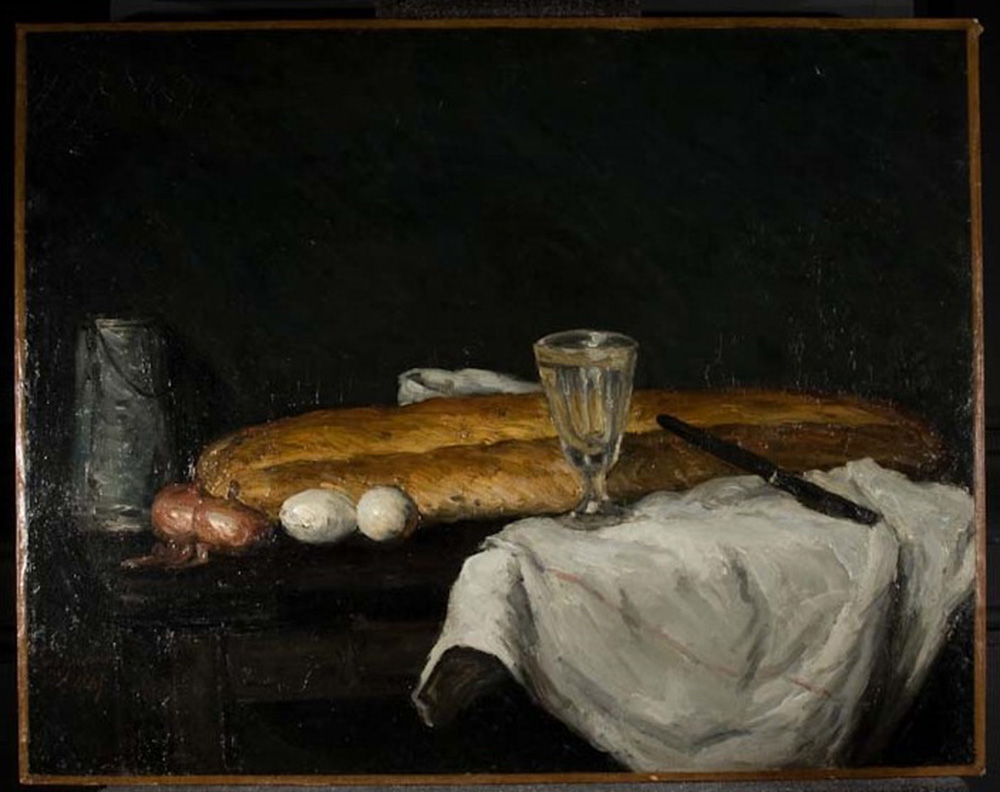- Art Home
- Exhibitions
-
Explore the Collection
- Explore the Collection Home
- African Art
- American Paintings, Sculpture and Drawings
- Contemporary
- Decorative Arts and Design
- East Asian Art
- European Paintings, Sculpture and Drawings
- Fashion Arts and Textiles
- Musical Instruments
- Indigenous American Art
- Photography
- Prints
- South Asian Art, Islamic Art and Antiquities
- Provenance and Cultural Property
- Conservation
- Meet the Curators
- Digital Resources
- Events & Programs Home
- Calendar
- Accessibility
- Adults
-
Families & Teens
- Families & Teens Home
- 10x10 Teen Art Expo
- Art on the Rise
- Art Together: Art Making for Families with Children Ages 3–5
- Baby Tours
- Boy Scouts / Girl Scouts
- CAM Kids Day
- Choose Your Own Gallery Adventure
- Family Storytime and Gallery Walk
- Family Studio: Art Making for Families with Children Ages 6–12
- REC Reads
- Rosenthal Education Center (REC)
- See Play Learn Kits
- Summer Camp
- Teachers
- Community Outreach
- Fundraisers
- Plan Your Own Event

- Art Home
- Exhibitions
-
Explore the Collection
- Explore the Collection Home
- African Art
- American Paintings, Sculpture and Drawings
- Contemporary
- Decorative Arts and Design
- East Asian Art
- European Paintings, Sculpture and Drawings
- Fashion Arts and Textiles
- Musical Instruments
- Indigenous American Art
- Photography
- Prints
- South Asian Art, Islamic Art and Antiquities
- Provenance and Cultural Property
- Conservation
- Meet the Curators
- Digital Resources
- Events & Programs Home
- Calendar
- Accessibility
- Adults
-
Families & Teens
- Families & Teens Home
- 10x10 Teen Art Expo
- Art on the Rise
- Art Together: Art Making for Families with Children Ages 3–5
- Baby Tours
- Boy Scouts / Girl Scouts
- CAM Kids Day
- Choose Your Own Gallery Adventure
- Family Storytime and Gallery Walk
- Family Studio: Art Making for Families with Children Ages 6–12
- REC Reads
- Rosenthal Education Center (REC)
- See Play Learn Kits
- Summer Camp
- Teachers
- Community Outreach
- Fundraisers
- Plan Your Own Event
Blog
Blog
- Home
- Plan Your Visit
-
Art
- Art Home
- Exhibitions
-
Explore the Collection
- Explore the Collection Home
- African Art
- American Paintings, Sculpture and Drawings
- Contemporary
- Decorative Arts and Design
- East Asian Art
- European Paintings, Sculpture and Drawings
- Fashion Arts and Textiles
- Musical Instruments
- Indigenous American Art
- Photography
- Prints
- South Asian Art, Islamic Art and Antiquities
- Provenance and Cultural Property
- Conservation
- Meet the Curators
- Digital Resources
-
Events & Programs
- Events & Programs Home
- Calendar
- Accessibility
- Adults
-
Families & Teens
- Families & Teens Home
- 10x10 Teen Art Expo
- Art on the Rise
- Art Together: Art Making for Families with Children Ages 3–5
- Baby Tours
- Boy Scouts / Girl Scouts
- CAM Kids Day
- Choose Your Own Gallery Adventure
- Family Storytime and Gallery Walk
- Family Studio: Art Making for Families with Children Ages 6–12
- REC Reads
- Rosenthal Education Center (REC)
- See Play Learn Kits
- Summer Camp
- Teachers
- Community Outreach
- Fundraisers
- Plan Your Own Event
- Give & Join
- About
- Tickets
- Calendar
- Exhibitions
- Blog
- Shop
X-raying Cézanne: Next Steps
by Franck M. Mercurio, Publications Editor
5/15/2023
CAM collection , Paul Cezanne , CAMConservation
The story is now well known. While examining Paul Cézanne’s Still Life with Bread and Eggs for possible treatment and cleaning, Chief Conservator Serena Urry, noticed some odd cracks on the painting’s surface, revealing glimpses of a lighter-toned pigment beneath.
“I thought there might be something underneath the paint that was worth exploring,” recalled Urry.
To learn exactly what, Urry hired a mobile medical X-ray company to image the painting. What the digital X-ray images revealed made international news. Urry had discovered a well-defined portrait hiding beneath the still life—perhaps the 26-year-old Cézanne’s most ambitious portrait to that date. The X-rays uncovered those areas where the young artist employed lead-based pigments–lead white, lead-tin yellow, and other radio-opaque materials—revealing the ghostly white figure. But what other colors did the artist use to create the original composition?
“This is what we hope to find out,” says Urry. “The next step is to employ more sophisticated scanning technology, including X-ray fluorescence (XRF) spectrometry to create an elemental map of the painting.”
XRF spectrometers can detect a range of chemical elements found in various paints—such as cadmium, iron, lead, mercury, zinc, and tin—giving conservators and curators a better idea of what colors Cézanne might have employed in creating the portrait.
“XRF spectrometry doesn’t identify the precise pigments,” explains Urry, “but it allows us to create a map of elements to get closer to an answer.”
So, who is the person portrayed in Cézanne’s painting? What can the scanning technology reveal about their identity?
“Within the confines of current and near-future technology, there will always be an element of interpretation when it comes to the identity of the sitter,” explains Peter Jonathan Bell, Curator of European Paintings, Sculpture and Drawings. “If through a spectrometry and tomography we can glean more information about the physical construction of the underlying painting, Cézanne experts can then weigh in on implications of the young artist’s style and make convincing comparisons with surviving paintings from that period to point to a possible sitter.”
See the painting in Gallery 227 during your next visit!
Images 1 & 2: Digital x-ray of mosaic of Still Life with Bread and Eggs, May 24, 2022
Image 3: Paul Cézanne (French, 1839–1906), Still Life with Bread and Eggs, 1865, oil on canvas, Gift of Mary E. Johnston, 1955.73
Cincinnati, OH 45202
Toll Free: 1 (877) 472-4226
Museum Hours
Museum Shop
Terrace Café
Library
The Cincinnati Art Museum is supported by the generosity of tens of thousands of contributors to the ArtsWave Community Campaign, the region's primary source for arts funding.

Free general admission to the Cincinnati Art Museum is made possible by a gift from the Rosenthal Family Foundation. Exhibition pricing may vary. Parking at the Cincinnati Art Museum is free.
Generous support for our extended Thursday hours is provided by Art Bridges Foundation’s Access for All program.

General operating support provided by:






